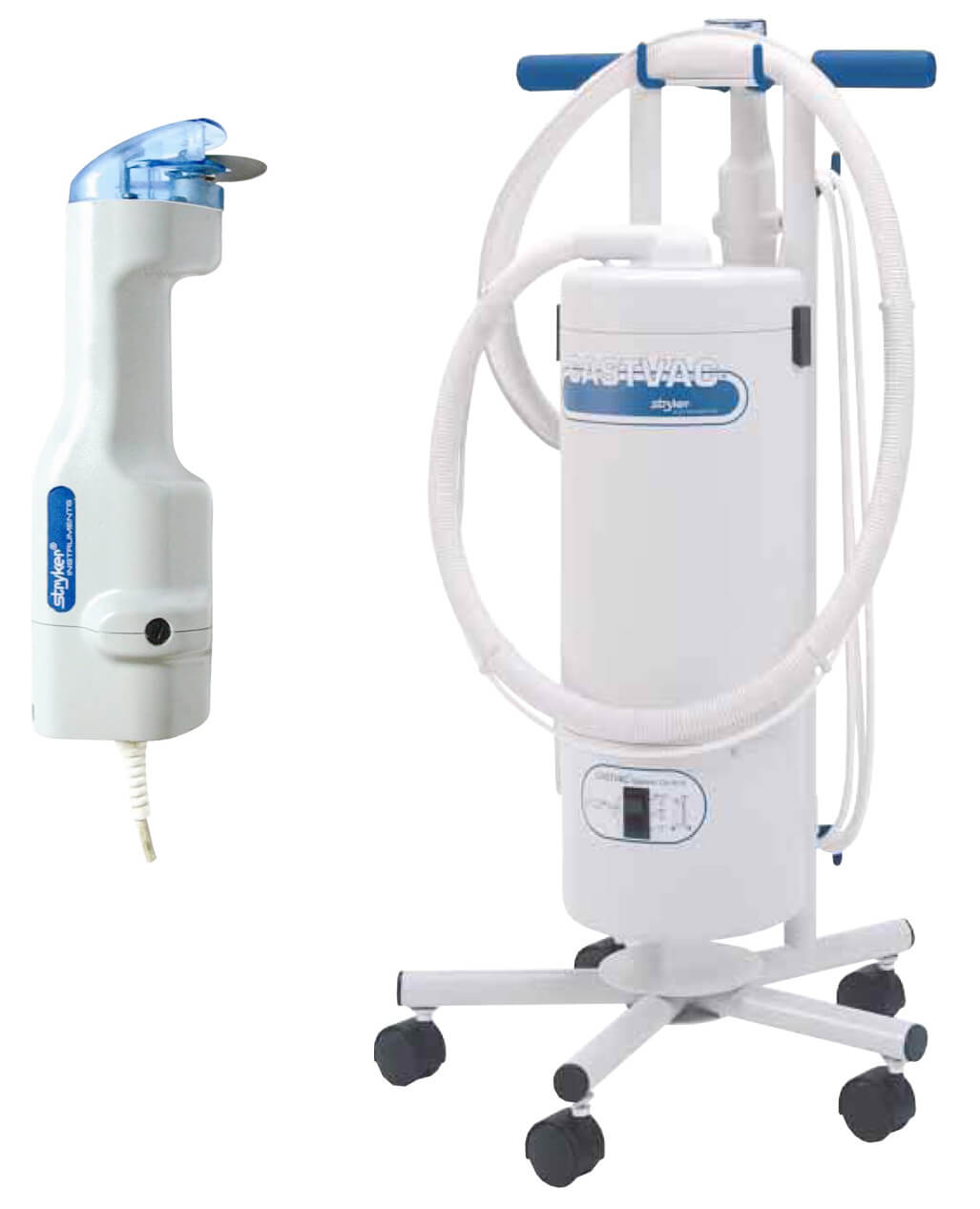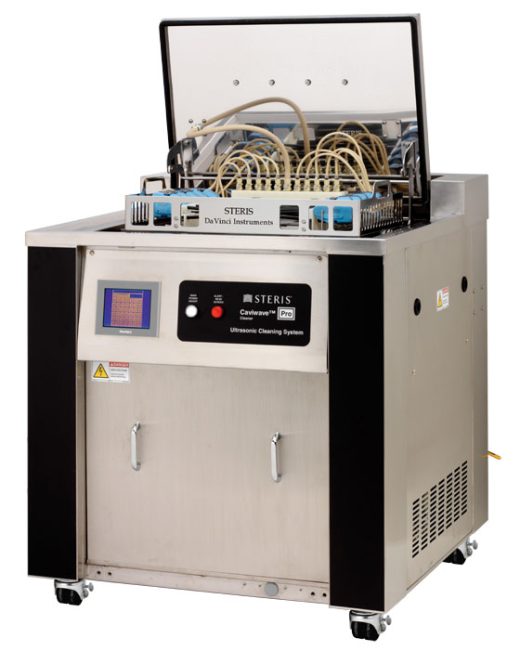Syringe Pumps vs Infusion Pumps: Which is Best for Your Needs?
Are you in the medical field and faced with the daunting task of choosing between syringe pumps and infusion pumps? Look no further! In this article, we will delve into the world of medical pumps, exploring their functions, benefits, and key differences. By the end, you will have a clearer understanding of which pump is best suited for your specific needs.
When it comes to administering medication or fluids to patients, precision and accuracy are paramount. Syringe pumps and infusion pumps are both invaluable tools in healthcare settings that ensure controlled delivery of substances. However, determining which one is the optimal choice can be overwhelming. Fear not! In this comprehensive guide, we will break down the features and advantages of both types of pumps so that you can make an informed decision. So let’s embark on this journey together and discover which pump will serve as your steadfast ally!
What are Syringe Pumps?
Syringe pumps are powerful and precise medical devices designed to deliver fluids or medications in controlled amounts. They consist of a motor-driven mechanism that pushes the plunger of a syringe, enabling the gradual administration of liquids with exceptional accuracy and consistency. These devices are widely used in various healthcare settings, including hospitals, research laboratories, and ambulatory care centers.
What sets syringe pumps apart is their ability to deliver fluids at extremely low flow rates, often as little as 0.01 mL per hour. This feature makes them particularly valuable in applications that require precise dosing, such as intravenous drug administration or experimental studies that demand meticulous control over sample volumes. Syringe pumps provide healthcare professionals with the confidence that patients receive optimal treatment while minimizing the risk of medication errors.
Moreover, syringe pumps offer a wide range of programmable features, allowing for flexibility and customization according to specific patient needs. They can be programmed to administer fluids at varying rates or in specified intervals, ensuring consistent delivery over extended periods. The user-friendly interface of modern syringe pumps facilitates easy programming and monitoring, putting healthcare providers at ease while attending to their patients’ well-being.
In short, syringe pumps exemplify precision and reliability in fluid delivery systems, empowering healthcare professionals with an indispensable tool for accurate medication administration.
The Versatility of Syringe Pumps
When it comes to medical devices, few can rival the versatility of syringe pumps. These remarkable instruments are designed to deliver precise and controlled infusion rates of fluids and medications, making them indispensable in a wide range of healthcare settings. Whether in hospitals, research laboratories, or even home care environments, syringe pumps offer an exceptional level of flexibility and accuracy.
One key aspect that sets syringe pumps apart is their ability to accommodate a variety of syringe sizes. From small volumes as little as 0.5 mL to larger capacities up to 60 mL or more, these pumps are adaptable to meet the specific needs of each patient or experiment. This versatility allows healthcare professionals and researchers to administer even the most delicate medications with utmost precision.
The Benefits of Syringe Pumps
Syringe pumps offer a myriad of benefits that make them an indispensable tool in various medical and research settings. Firstly, precision and accuracy are paramount when it comes to administering fluids or medications, and syringe pumps excel in this aspect. With their ability to deliver fluids at extremely low flow rates, they ensure the precise dosage required for critical treatments.
Secondly, syringe pumps provide a constant and reliable flow rate throughout the entire infusion process. This consistency eliminates the risk of human error and ensures a continuous supply of medication or solution to the patient. Furthermore, their compact size allows for easy portability, making them ideal for both clinical settings and field applications.
How to Choose the Right Syringe Pump for Your Needs
When it comes to selecting the perfect syringe pump, there are a few factors you should consider to ensure it meets your specific requirements. First and foremost, determine the application for which you need the syringe pump. Is it for laboratory research, medical use, or industrial processes? Each of these fields may have different demands and specifications that should be taken into account.
Next, evaluate the flow rate and volume range that your application demands. Some syringe pumps are designed for precise and low-flow applications, while others excel in high-flow scenarios. Additionally, consider whether you require a single-channel or multi-channel pump. If multiple fluids need to be delivered simultaneously or sequentially, a multi-channel syringe pump would be more suitable.
Understanding Infusion Pumps
Infusion pumps are sophisticated medical devices designed to deliver fluids, such as medication, nutrients, or fluids for hydration, directly into a patient’s bloodstream. These intricate machines offer precise control over the rate and volume of fluid delivery, ensuring accurate dosing and minimizing the risk of human error.
Infusion pumps operate using various mechanisms, including peristaltic pumping or syringe-based mechanisms. They feature advanced features such as programmable infusion rates, alarm systems for safety measures, and compatibility with different types of infusion sets.
One of the key advantages of infusion pumps is their ability to administer fluids continuously over an extended period. This makes them ideal for applications requiring a steady infusion rate or long-term treatment plans. Furthermore, these devices come equipped with safety features that can detect occlusions in the IV line and automatically pause or adjust the flow to prevent harm to the patient.
Key Differences Between Syringe Pumps and Infusion Pumps
When it comes to medical equipment, understanding the differences between syringe pumps and infusion pumps is crucial. These two devices may seem similar at first glance, as they both deliver fluids or medications to patients, but they have distinct characteristics that set them apart.
Syringe pumps are designed to deliver small volumes of fluids or medication with high accuracy and precision. They utilize a syringe mechanism that allows for controlled and gradual administration. On the other hand, infusion pumps are typically used for larger volumes and provide a continuous flow of fluid over an extended period.
One notable difference is in the mode of operation. Syringe pumps operate based on displacement, meaning that the plunger of the syringe is pushed down gradually to administer the desired amount of fluid. In contrast, infusion pumps use a positive pressure system to deliver fluids at a constant rate.
Another significant distinction lies in their applications. Syringe pumps are commonly used in situations where precise dosing is essential, such as in neonatal care or research laboratories. Infusion pumps, on the other hand, find extensive use in hospitals and clinics for delivering fluids like saline solutions or medications over a more extended period.
It’s important to consider factors such as flow rates, accuracy requirements, volume limitations, and intended usage when deciding between syringe pumps and infusion pumps for your specific needs. By understanding these key differences, you can make an informed decision that ensures optimal patient care while maximizing efficiency.
Assessing Your Requirements: Syringe Pump or Infusion Pump?
Choosing between a syringe pump and an infusion pump requires careful assessment of your specific requirements. Both devices have their unique advantages, and understanding your needs will help determine which one is best suited for you.
When considering the type of medication or fluid being administered, it is essential to evaluate the required volume and flow rate. Syringe pumps excel in applications where small, precise volumes are needed, making them ideal for research laboratories and critical care settings. On the other hand, infusion pumps are better suited for delivering larger volumes over extended periods, such as during chemotherapy or continuous medication administration.
Additionally, consider the level of control and programmability required. Syringe pumps offer more intricate control options due to their ability to precisely control flow rates, bolus doses, and even multiple syringes simultaneously. Infusion pumps provide simpler programming interfaces and can be advantageous when continuous delivery at a consistent rate is desired.
Your patient’s comfort also plays a role in this decision-making process. Syringe pumps often utilize smaller needles or catheters compared to infusion pumps, which can enhance patient comfort during prolonged treatments.
Ultimately, assessing your requirements will help you find the perfect device that aligns with your needs. Understanding the intricacies of both syringe pumps and infusion pumps ensures that you make an informed decision that optimizes patient care while providing ease of use for healthcare professionals.
Considering Cost-effectiveness in Your Decision
As you weigh the options between syringe pumps and infusion pumps, it is essential to factor in the cost-effectiveness of your choice. While both types of pumps have their distinct advantages, understanding how they align with your budget can help make a well-informed decision.
When evaluating cost-effectiveness, it’s crucial to consider not only the initial investment but also the long-term expenses. Syringe pumps generally tend to be more affordable upfront compared to infusion pumps, making them an attractive option for those who are budget-conscious. Additionally, syringe pumps typically require fewer consumables and have lower maintenance costs, reducing ongoing expenses.
Moreover, it is worth noting that advancements in technology have led to more affordable infusion pump options as well. By exploring different models and suppliers, you can find competitive pricing without compromising on quality or functionality. Assessing your specific needs and weighing them against your financial resources will ensure that you choose a pump that not only meets your requirements but also provides excellent value for your investment.
Purchase Syringe Pumps and Infusion Pumps From Auxo Medical
When it comes to acquiring state-of-the-art medical equipment, Auxo Medical stands tall as a trusted provider of syringe pumps and infusion pumps. With our commitment to excellence and a wide range of options available, choosing the right pump becomes an effortless task. Whether you are a healthcare professional looking for precision in drug administration or a researcher in need of accurate and controlled fluid delivery, Auxo Medical has got you covered.
At Auxo Medical, quality is never compromised, ensuring that each pump meets the highest standards of performance and reliability. With our dedicated team of biomed experts, we provide personalized assistance to help you navigate through our extensive collection of syringe pumps and infusion pumps. No matter the complexity or specificity of your requirements, rest assured that Auxo Medical will find the perfect solution for you. View our selection of syringe pumps and infusion pumps or contact us today for a customized quote. Call toll free: (888) 728-8448.





